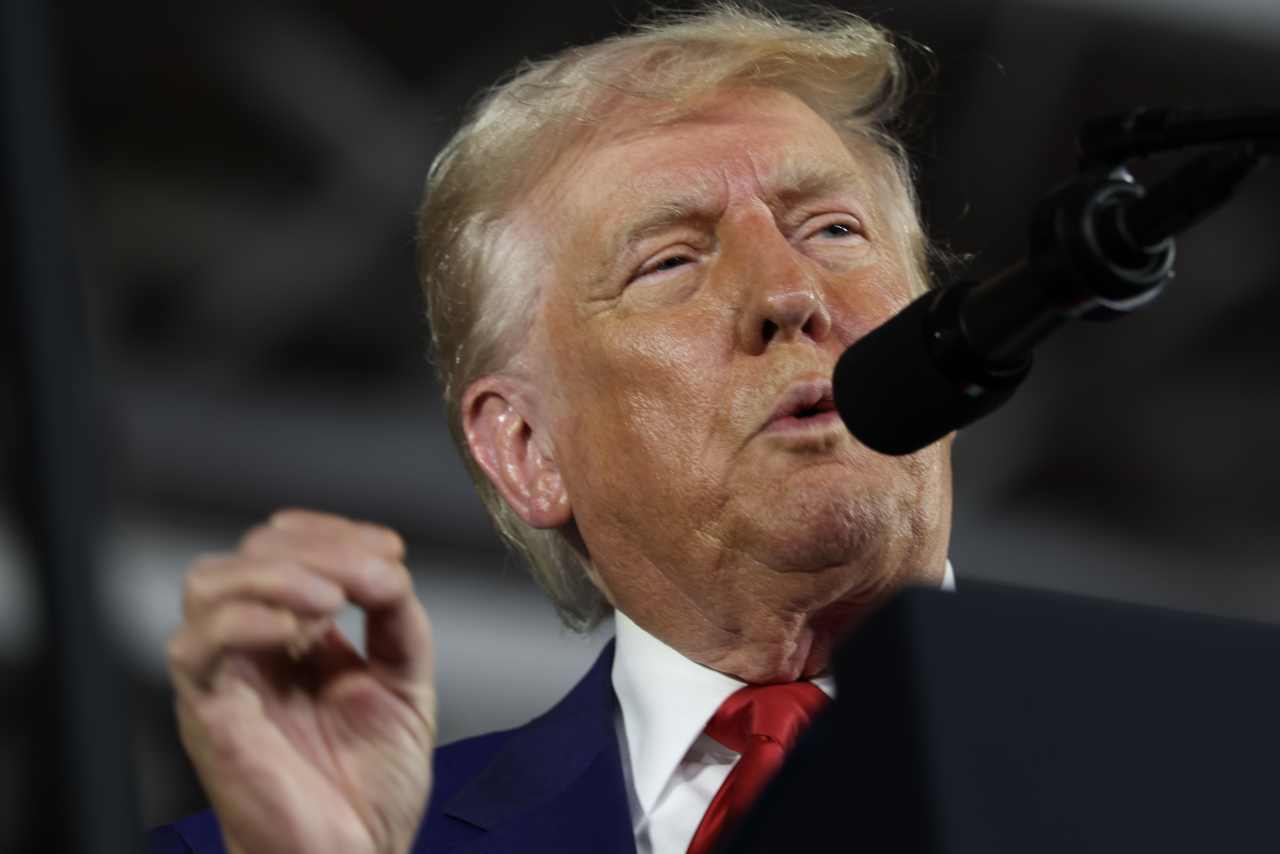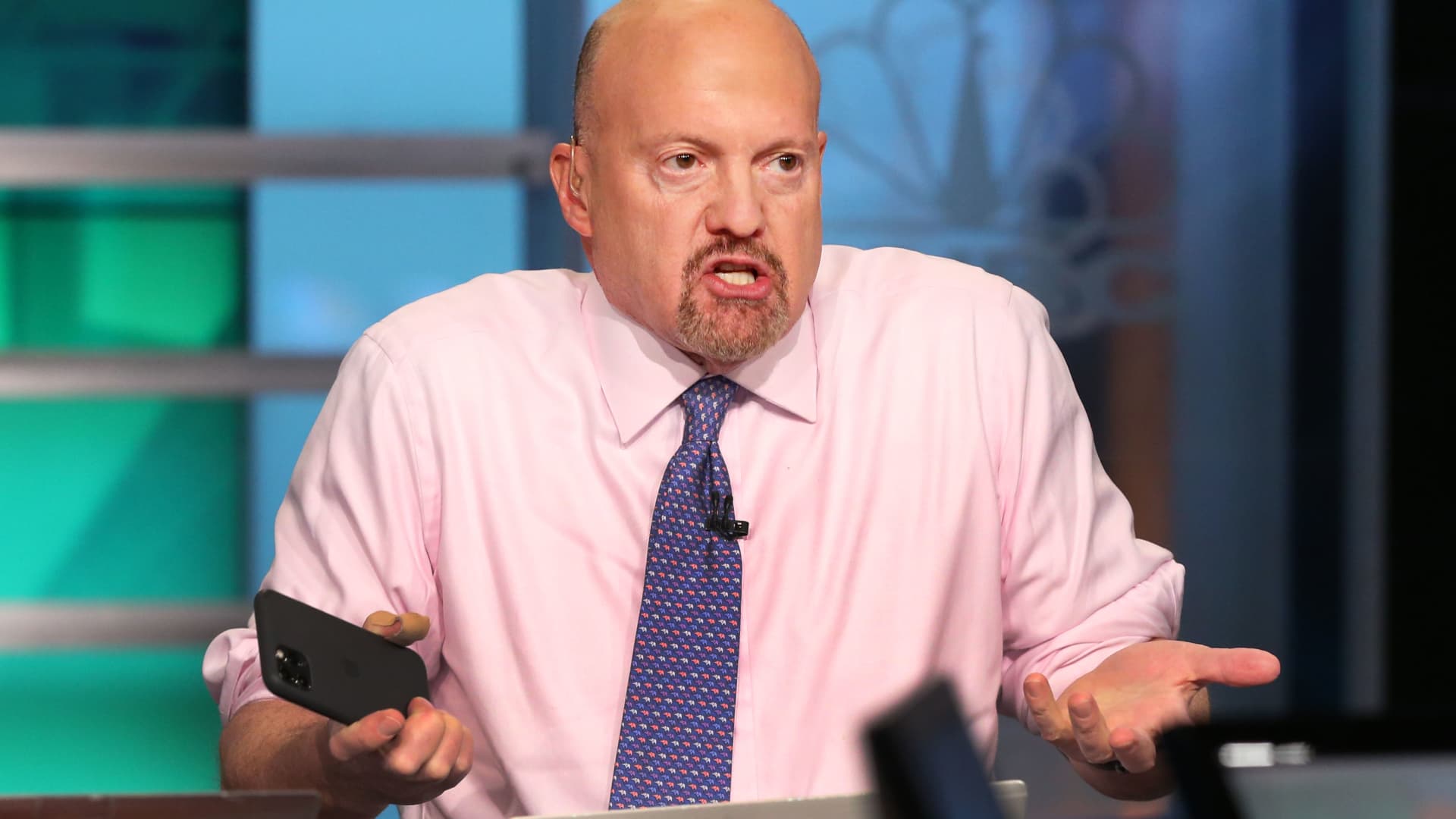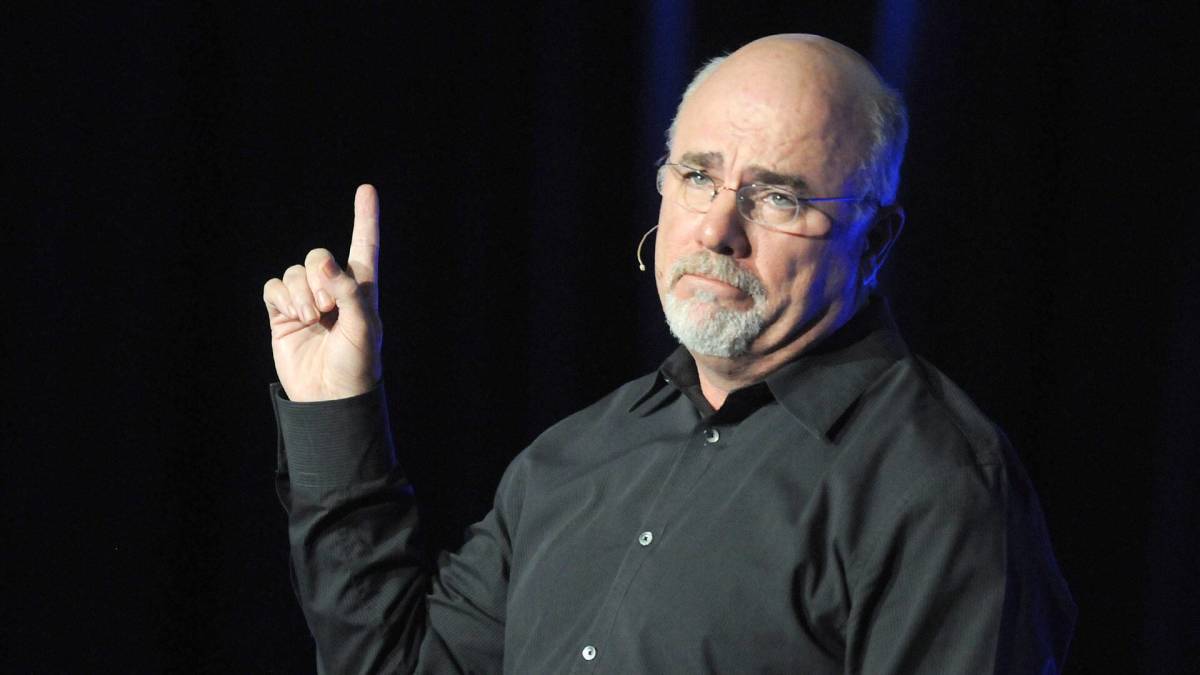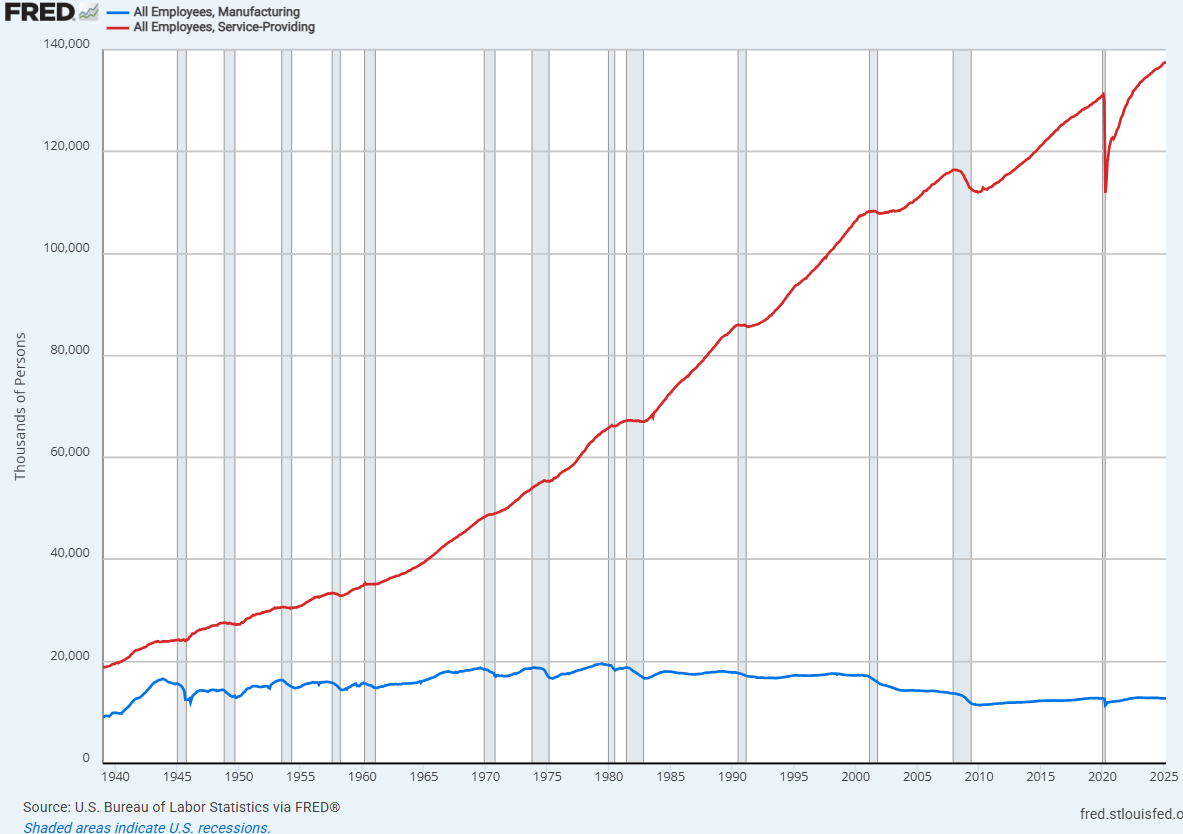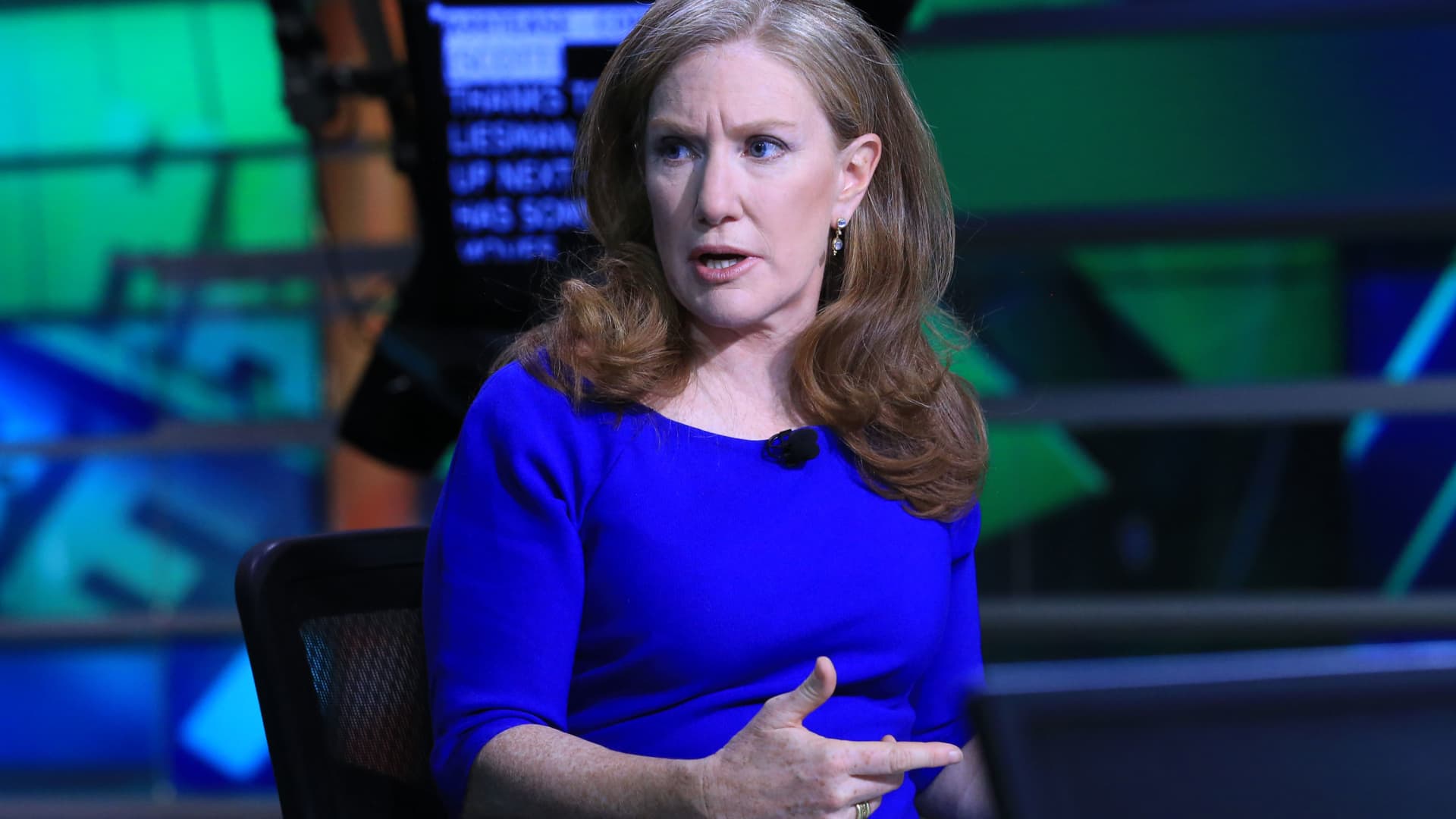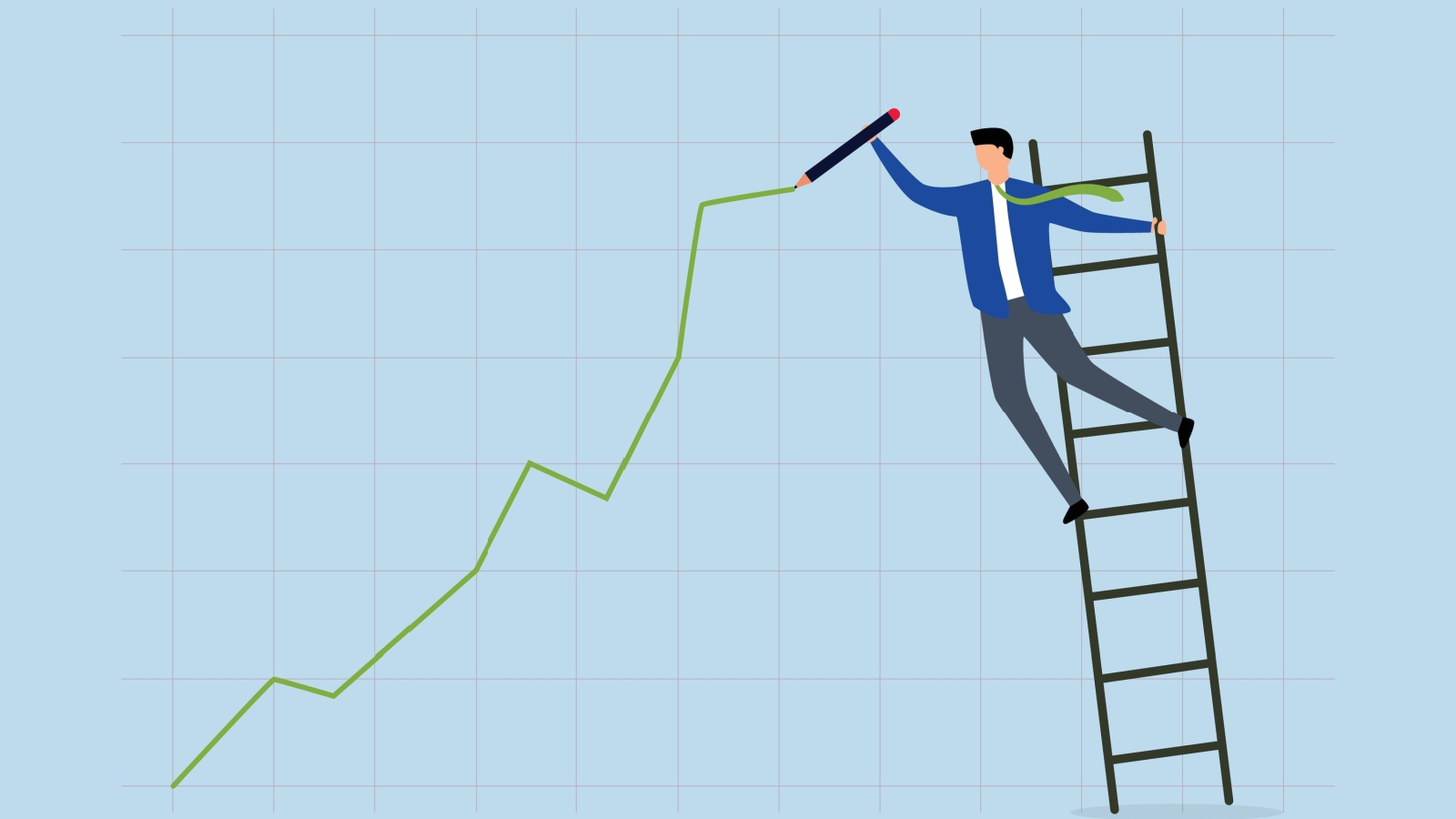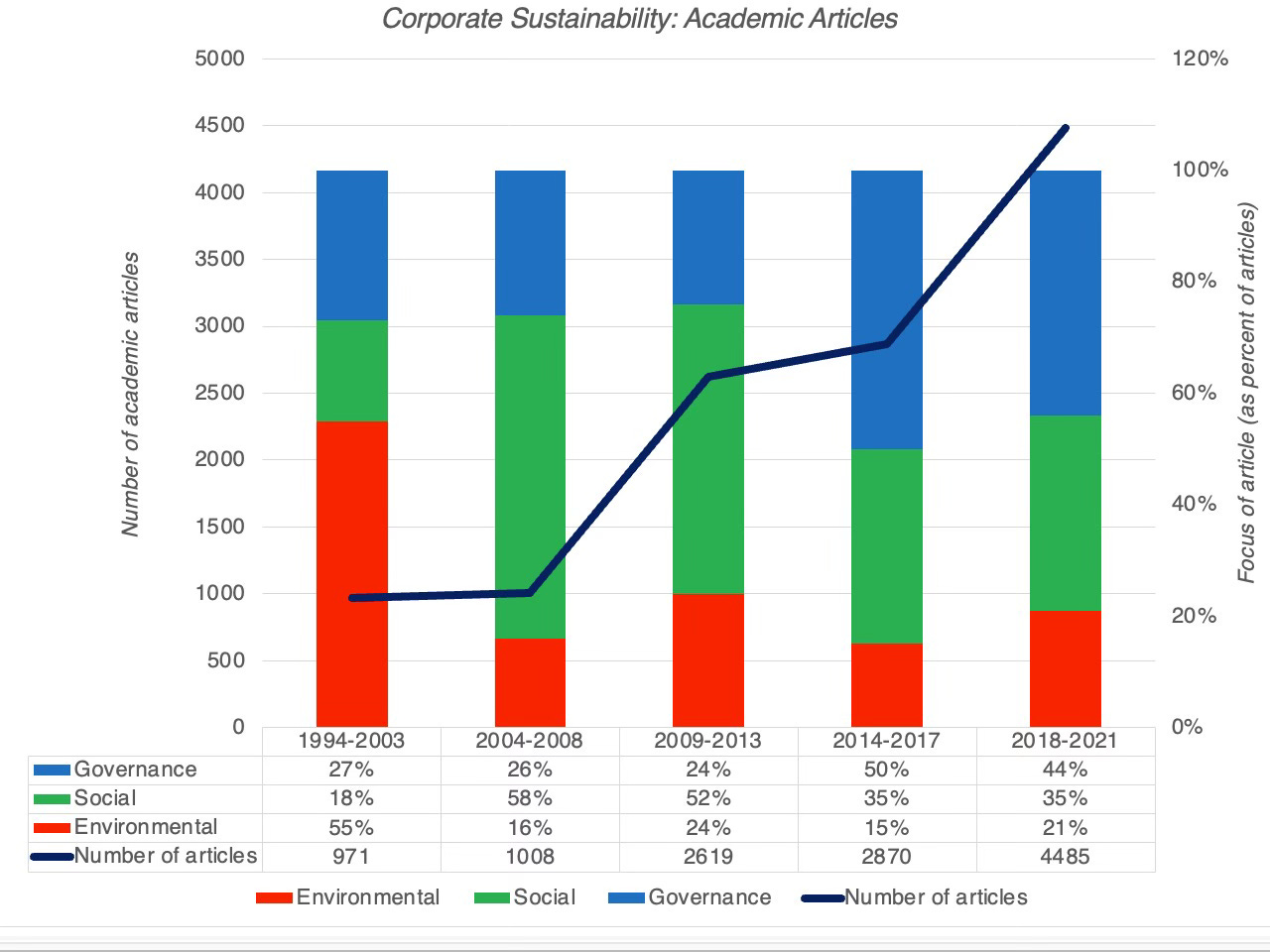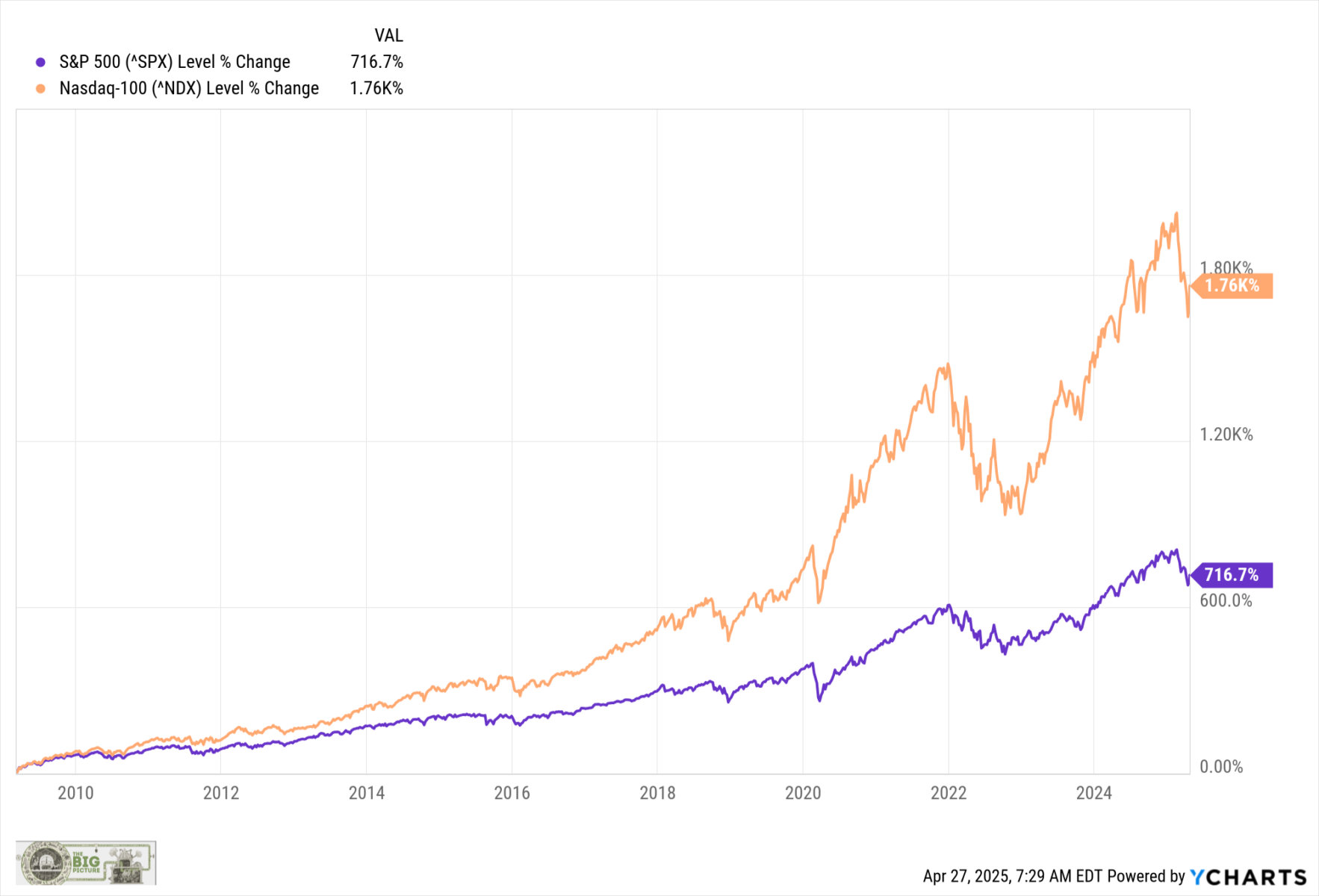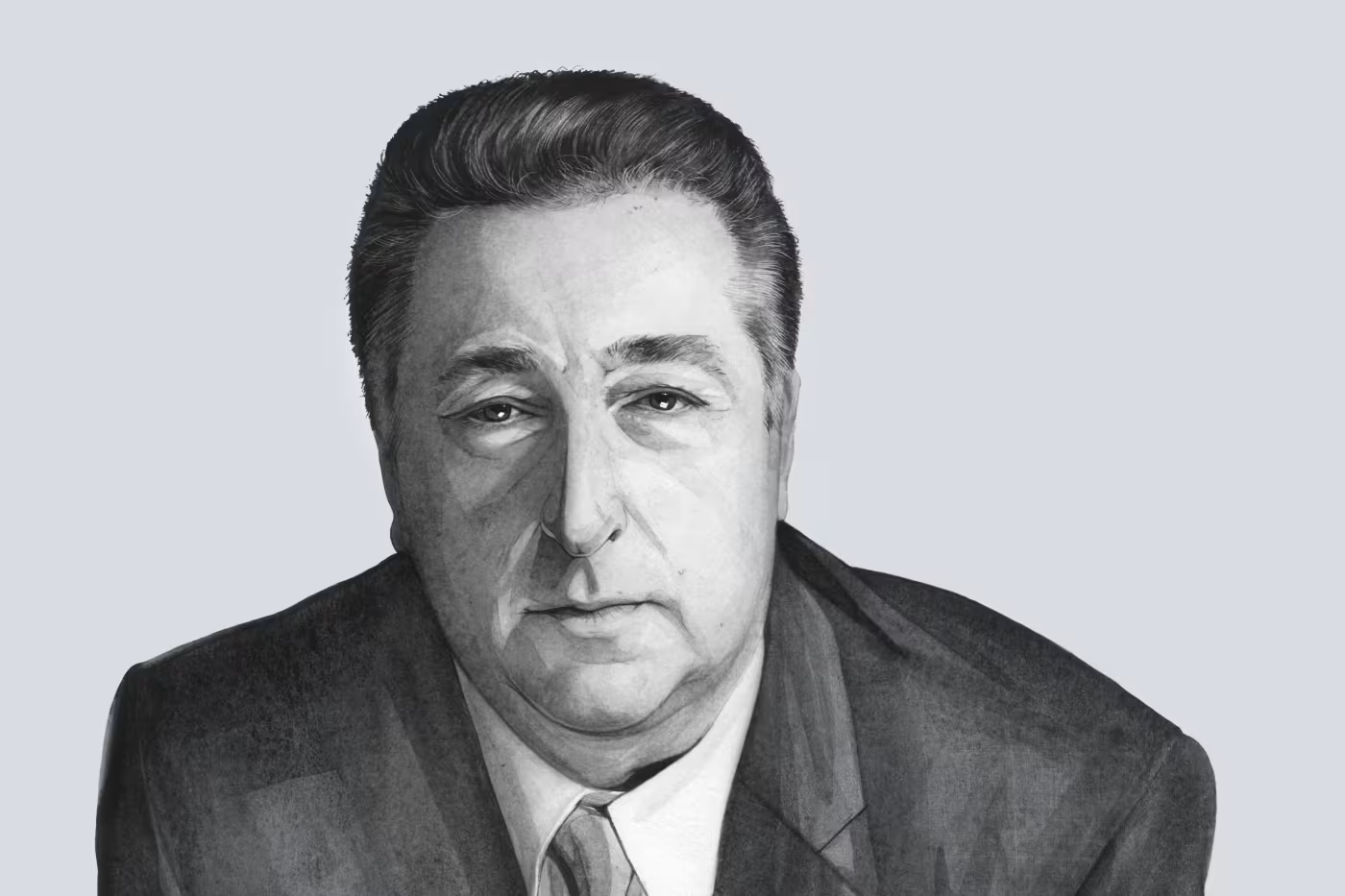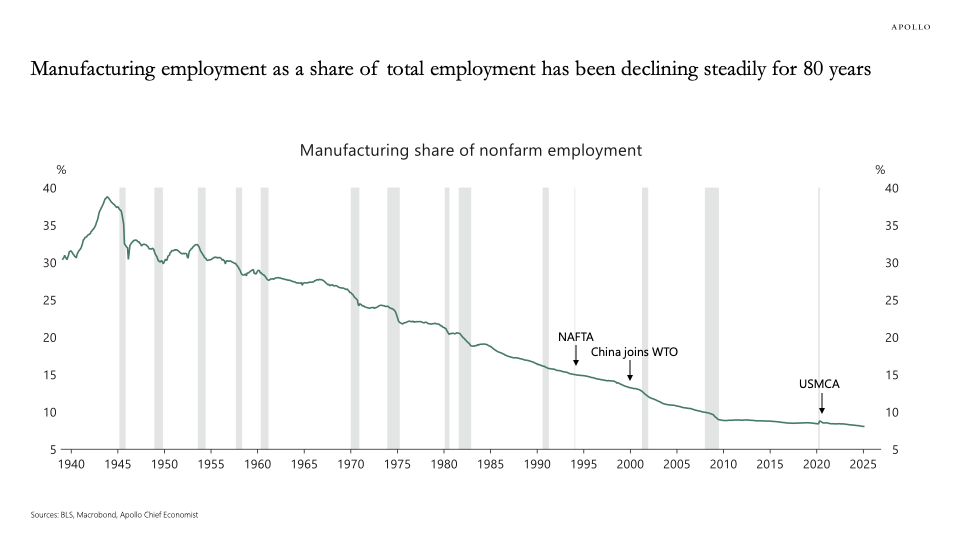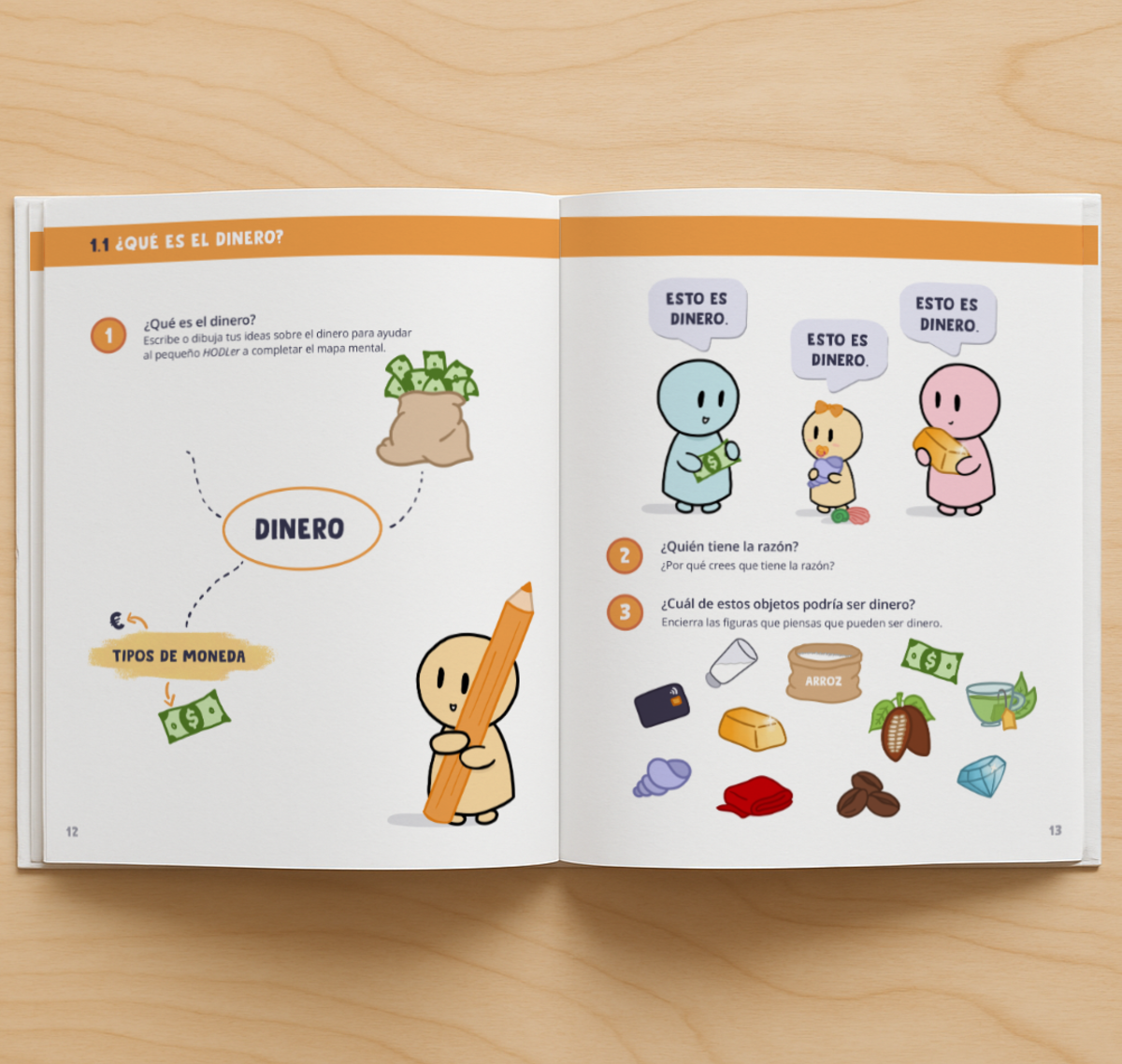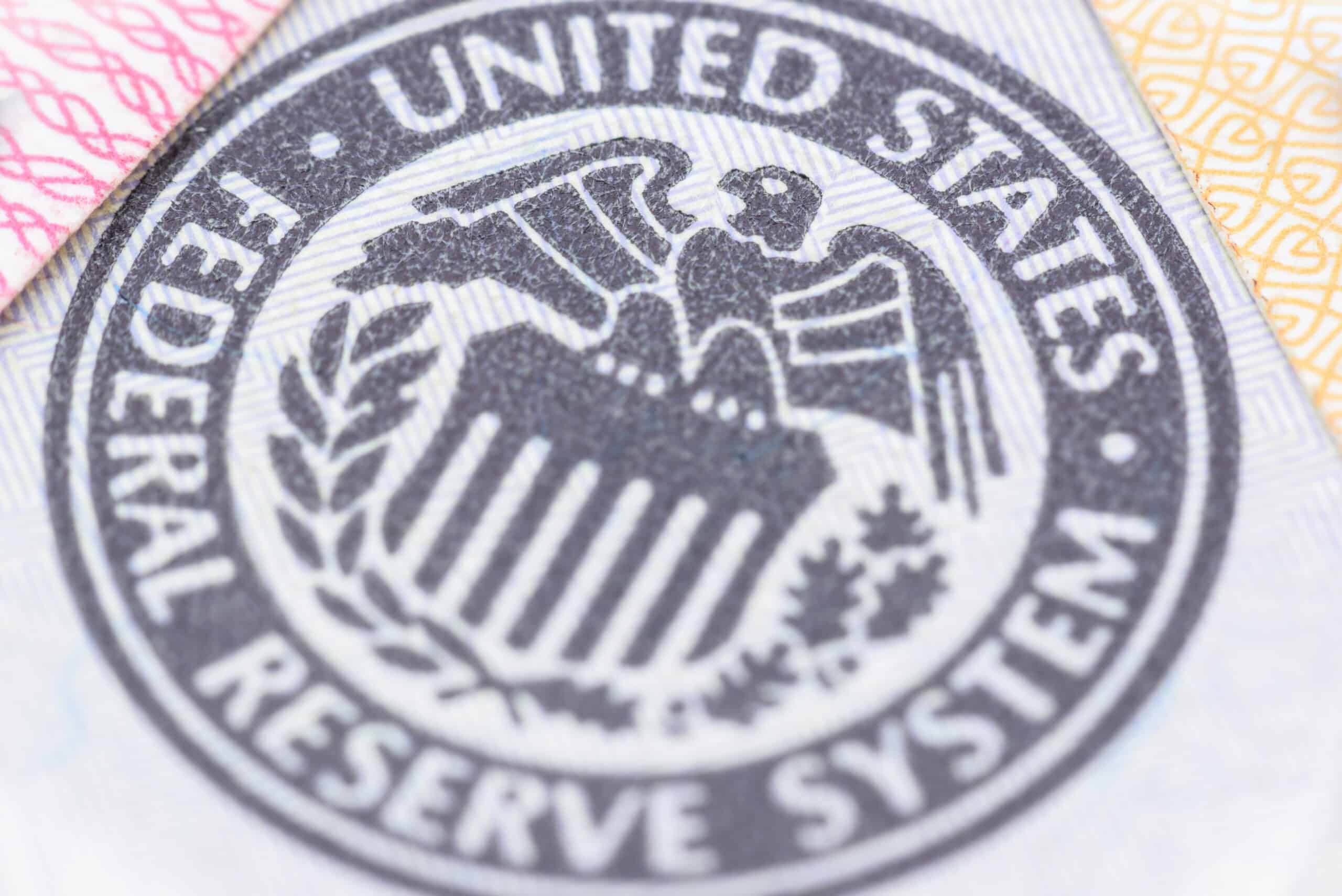My IRAs will soon cover only what I spend – should I pause Roth conversions given the current tax rates?
Retirees are wise to follow news about income taxes very closely. The threat of Joe Biden’s proposed 82,000 armed IRS tax collection enforcement agents is now officially gone, and thousands of IRS employees have taken buyout offers from the Trump Administration. With this in mind, the present tax brackets, at the very least, will likely […] The post My IRAs will soon cover only what I spend – should I pause Roth conversions given the current tax rates? appeared first on 24/7 Wall St..
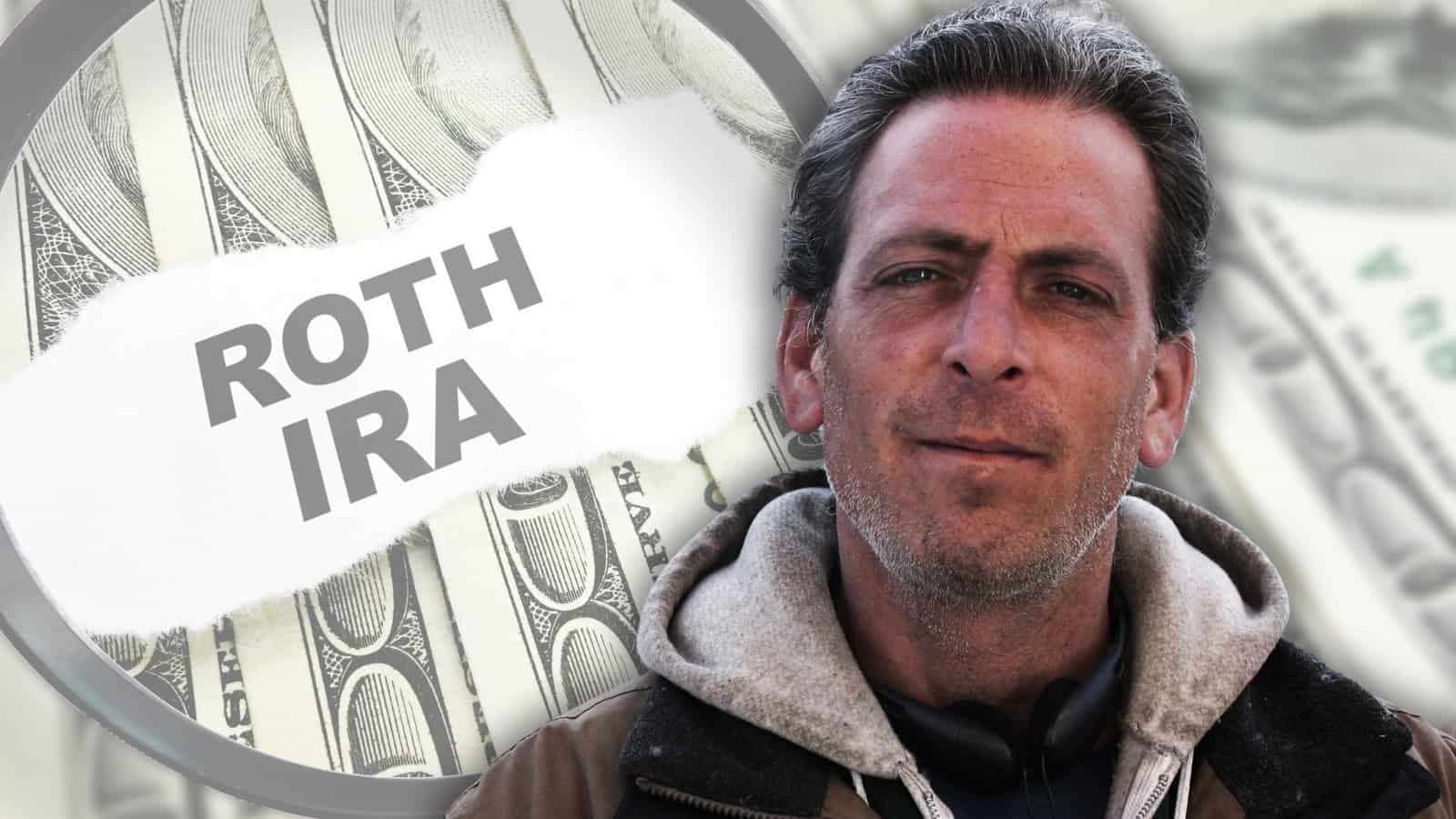
Retirees are wise to follow news about income taxes very closely. The threat of Joe Biden’s proposed 82,000 armed IRS tax collection enforcement agents is now officially gone, and thousands of IRS employees have taken buyout offers from the Trump Administration. With this in mind, the present tax brackets, at the very least, will likely remain intact.
As such, retirees need to bear in mind three interrelated factors for managing their portfolios::
- Income Taxes
- Required Minimum Distributions (RMD)
- Roth IRA conversions
Most retirees who know longer are actively employed slip into a lower tax bracket and live off of passive income investments, social security payments, and retirement funds saved in tax-deferred accounts. During this period, it behooves them to commence conversion of tax-deferred holdings to Roth IRAs, where they pay taxes on funds at their new lower bracket. As these retirees enter their early 70s, any remaining tax-deferred funds will be subject to Required Minimum Distributions under IRS regulations, and taxed accordingly as income in the account holder’s bracket at the time of withdrawal.
Of course, every retiree’s circumstances are different, but there are certain general ratios and strategies towards calculating, timing, and converting that a great many retirees can use and adapt for their own purposes.
Key Points
-
Retirees often need to manage their Roth IRA conversions based on when their tax impact will be the lowest. For most people, this is when they are no longer actively employed.
-
As Required Minimum Distribution(RMD) funds are also taxed as income, this needs to be factored in along with other income, so funds from preceding Roth IRA conversions can compensate for any shortfalls due to income taxes, or be held in reserve, as their taxes have already been paid.
-
Given that President Trump is so adamant about cutting income taxes, the odds of federal income taxes going up in the near future appears much less likely, so current tax brackets should be a fairly safe reference to use for coordinating Roth conversions and juggle them with anticipated RMD related taxes.
-
Are you ahead or behind on retirement? SmartAsset’s free tool can match you with a financial advisor in minutes to help you answer that today. Each advisor has been carefully vetted and must act in your best interests. Don’t waste another minute; get started by clicking here.(Sponsor)
The Ideal Traditional IRA and Roth IRA Blend?
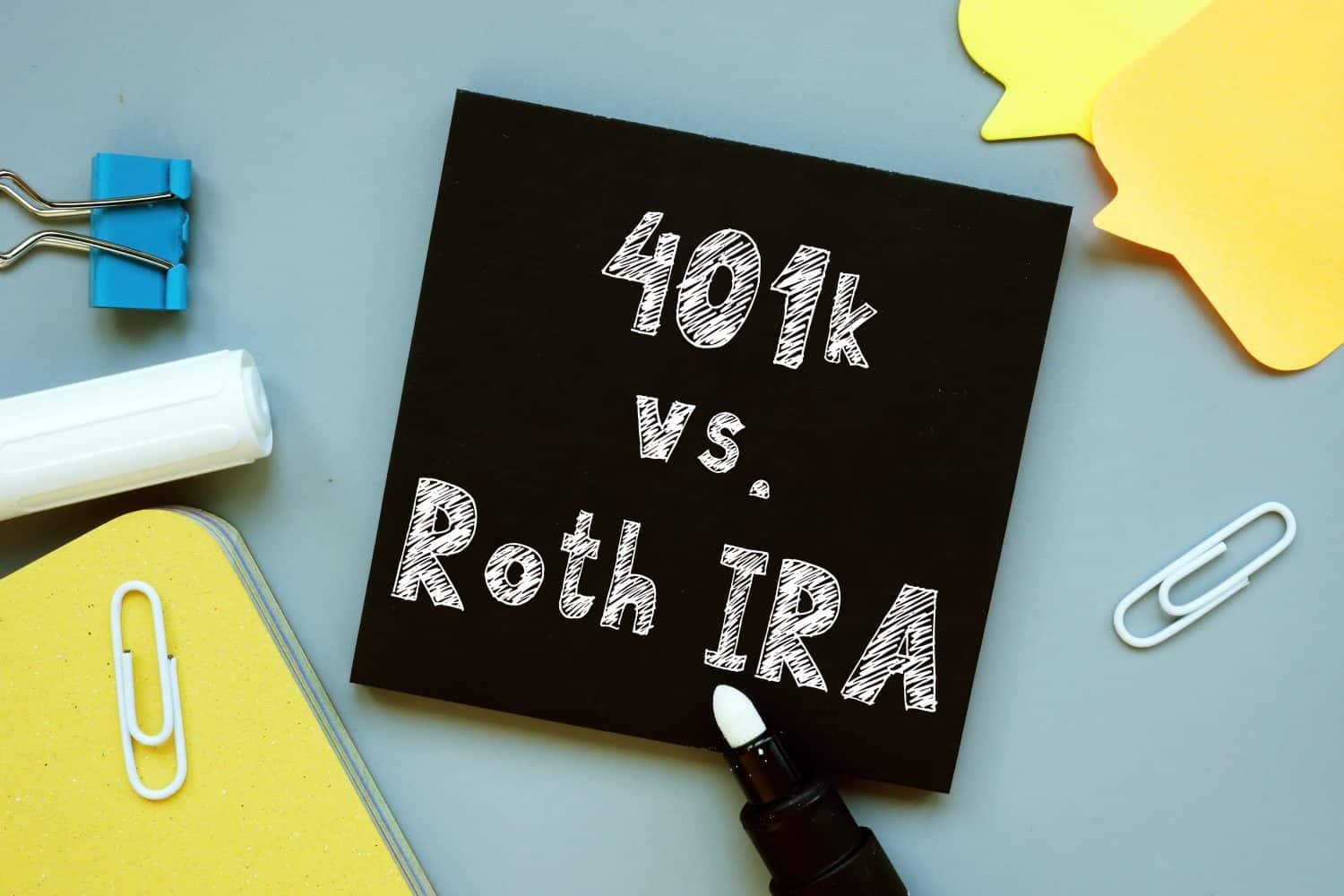
One retiree has been taking advantage of President Trump’s 2017 Tax Cuts and Jobs Act (TCJA), which lowered income tax rates to the current level at the time of this writing. While they are scheduled to expire this year, Republican control of both the House and Senate should reliably be able to extend the cuts, if not make them permanent.
The retiree in question posted on Reddit to outline his current protocols to solicit improvement tips or even other suggestions for consideration. He explained his current modus operandi:
- He has substantial holdings in his 401-K that he has been converting annually to a Roth IRA for the past several years (2022-2025).
- The poster is currently in the 24% bracket.
- By using the Fidelity Goal Planner Tool, he has made his calculations based on a life expectancy for both himself and his wife (same age) to age 108.
- According to his latest calculations, his average returns will be such that his RMD will no longer exceed his annual spending needs once he reaches age 75.
- The Fidelity Goal Planner tool calculates a recommended drawdown amount based on a 22% bracket and an “effective tax rate”of 13.5% when he reaches age 70, when he plans to take Social Security..
- As a contingency, the poster calculates that should the tax rates revert back to the 2016 levels, he would be at a 25% bracket and an effect rate of 15%.
- The poster’s current ratio is: Roth – 46%, Traditional – 51%, HSA – 3%.
Given the above scenario, the poster is thinking that it might be prudent to hold off on Roth conversions, or reduce them to smaller conversions calculated under a 22% bracket.
Legacies, Early Demise, and Other Concerns

The respondents primarily concurred with the poster, with a number of them following an equivalent conversion ratio plan, and one even referring to the poster as his doppelganger. Several pointed out some potential scenarios that the poster may wish to ponder, assess, and adjust plans accordingly, if applicable. Some of these included:
- If leaving part of the retirement funds to the next generation as part of an inheritance is an objective, then the heirs’ tax bracket is a factor for consideration.
- If the HSA has excess funds that cannot be used for medical treatment, one suggestion was to apply them towards long care health insurance premiums. This would both help minimize estate taxes and use up tax-deferred funds that are difficult to bequeath without a larger tax bite.
- Should the poster or his wife unfortunately meet an early demise, the surviving spouse will be in a lower tax bracket as a single exemption. This will likely necessitate adjustments in Roth conversion rates, as RMD may need to adjust accordingly.
The poster ultimately assessed the various suggestions and comments and declared that he would proceed with the following course of action:
- Drop his Roth conversion rate to 22% bracket until age 63.
- Descend to the Income Related Monthly Adjustment Amount (IRMAA) when turning 63 to avoid the 1.4 Medicare multiplier.
- Eventually drop to the max 12% bracket when he can mathematically clear out the traditional IRA before he and his wife reach age 70.
The way he sees it, his worst case scenario is a 22% bracket. Alternatively, he will have taxable social security and a pension that leaves him in the 12% bracket with a 22% spending rate. This way, the children inherit the Roth IRA funds, which have already paid out taxes.
The post My IRAs will soon cover only what I spend – should I pause Roth conversions given the current tax rates? appeared first on 24/7 Wall St..




















